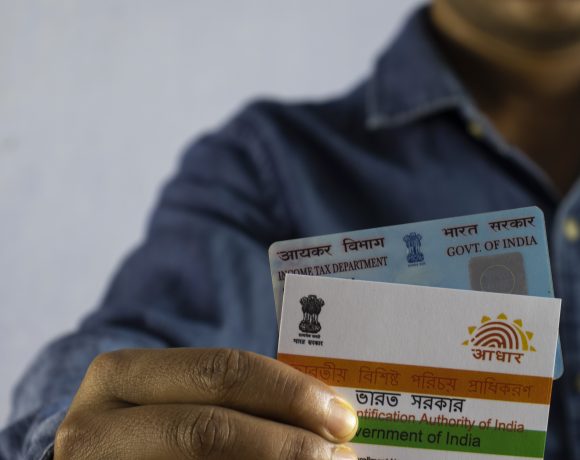
Government Notifies Census 2027; Two-Phase Count Confirmed
The Government of India has officially notified the commencement of Census 2027, marking a significant national exercise in data collection after a 16-year gap. This will be India’s first full digital census and the first to include a caste-based enumeration since 1931. The exercise will be held in two phases across the country.
Census 2027 structure and timeline
According to the Home Ministry’s notification, Census 2027 will be conducted in two distinct phases:
- Phase 1: House-listing Operation (HLO) – This phase will record the type of housing, amenities, and assets available at each household.
- Phase 2: Population Enumeration (PE) – This will gather detailed individual-level data including age, gender, language, education, employment, and caste.
While March 1, 2027 has been set as the reference date for most of the country, October 1, 2026 will serve as the reference date for snow-bound regions like Ladakh, parts of Jammu & Kashmir, Himachal Pradesh, and Uttarakhand, where early enumeration is necessary due to weather constraints.
Digital-first and self-enumeration features
In a first for Indian census operations, the entire exercise will be digital, making use of mobile apps and electronic data collection tools. More than 34 lakh enumerators and supervisors will be trained to collect data digitally. A major innovation is the introduction of self-enumeration, enabling digitally literate citizens to fill in their census forms online using a secure portal.
This digitization aims to improve speed, accuracy, and transparency while reducing errors and redundancies.
Caste enumeration and political implications
Perhaps the most significant feature of Census 2027 is the return of caste-based enumeration, a step not taken in nearly a century. The data is expected to play a critical role in:
- Social welfare and reservation policy recalibration
- Women’s reservation seat allocation
- Delimitation of constituencies, which could reshape Lok Sabha and Assembly seat distributions post-2031
The inclusion of caste data addresses a long-standing demand from several political and civil society groups for a more equitable policy framework grounded in contemporary demographic realities.
Delays, readiness and future impact
Originally scheduled for 2021, the census faced repeated delays due to the COVID-19 pandemic and administrative hurdles. With the new notification in place, preparatory work—including training modules, app testing, and enumeration drills—is expected to begin soon under the supervision of the Office of the Registrar General and Census Commissioner.


















